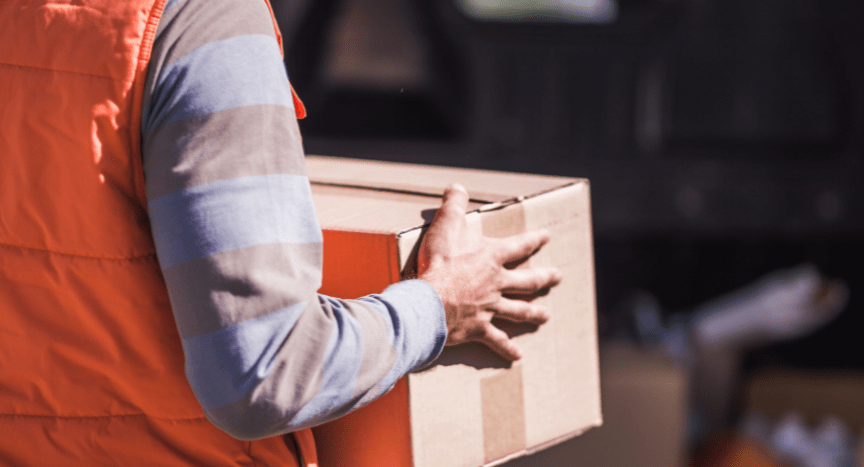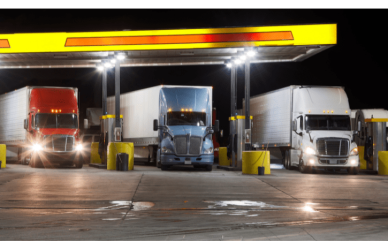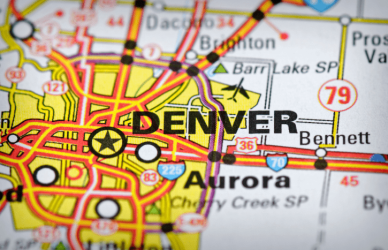The world of parcel delivery is shifting again. UPS and the U.S. Postal Service are working on a new agreement that could change how budget shipments reach customers’ doorsteps. For last-mile drivers, this move could reshape how routes, workloads, and pay structures look in the coming year.
Why UPS Is Partnering With USPS Again
UPS’s Ground Saver service was designed as a cheaper way to deliver low-value e-commerce packages. It usually takes one or two days longer than standard UPS Ground. When the Postal Service raised its prices in 2024, UPS pulled last-mile work back in-house, ending its previous collaboration.
Now, with delivery costs climbing and Ground Saver volumes falling by more than 30%, UPS wants to restore the USPS partnership to cut expenses and improve efficiency.
UPS CEO Carol Tomé explained the reasoning behind the talks:
“When Mr. Steiner joined, we immediately started having a conversation with him about how we could create a win-win-win relationship: a win for the postal system, a win for UPS, and a win for our customers. And the way to do that is to leverage what they’re best at, which is final mile, and what we’re best at, which is middle mile.”
Her comments came after reaching out to the new Postmaster General, David Steiner, in July.
What Drivers Should Expect
For last-mile drivers, especially those handling e-commerce or subcontracted routes, this partnership could bring noticeable changes:
- Shifts in package volume
Some Ground Saver shipments that UPS drivers once handled could be redirected to USPS carriers, meaning fewer budget parcels for UPS routes. - More USPS-contract opportunities
Contractors or delivery firms that work with the Postal Service may see new openings as USPS takes on a larger share of these deliveries. - Adjusted route density
Ground Saver parcels are often small and light, but with high stop counts. Drivers may see denser routes with shorter distances but more frequent stops. - Pay and efficiency considerations
Changes in parcel type and volume could affect how drivers are paid per stop or route. Tracking delivery metrics and communicating with dispatchers will help you stay ahead.
Industry Perspective
Some analysts say this move shows how competitive the business-to-consumer market has become. Satish Jindel, president of ShipMatrix, said in an interview:
“What it tells you is that their cost structure has gone up so much from a competitive point of view that they are struggling to make money handling ground volume packages at the rate customers want. It’s good that they are going to have this arrangement with the Post Office; it will save Ground Saver and Mail Innovations product and thereby the volume, but in the long term, they have to find a way to get the Teamsters to realize that they are the only carrier paying twice the amount for the same job as others. It’s not sustainable.”
UPS Mail Innovations Also Affected
The new arrangement will also cover UPS Mail Innovations, which blends UPS’s ground network with USPS delivery for lighter shipments. That service lost its discounted USPS pricing late last year, leading to higher costs. UPS responded by raising rates 20% to 40%, but many customers shifted to competitors.
Tomé confirmed that progress is still being made on the new plan:
“There’s still more work to do, but we are confident we will come to an agreement that ensures our service levels will remain best-in-class.”
According to CFO Brian Dykes, the company expects to see financial benefits from outsourcing last-mile work beginning in the second half of 2026.
What Drivers Can Do Now
Delivery drivers should keep an eye on company updates as this partnership develops. Whether you’re with UPS, USPS, or a contractor, the effects could show up in your stop counts, daily volume, and even route assignments.
Stay informed, talk with your dispatcher, and monitor your route data so you can adapt quickly if parcel flow shifts.








